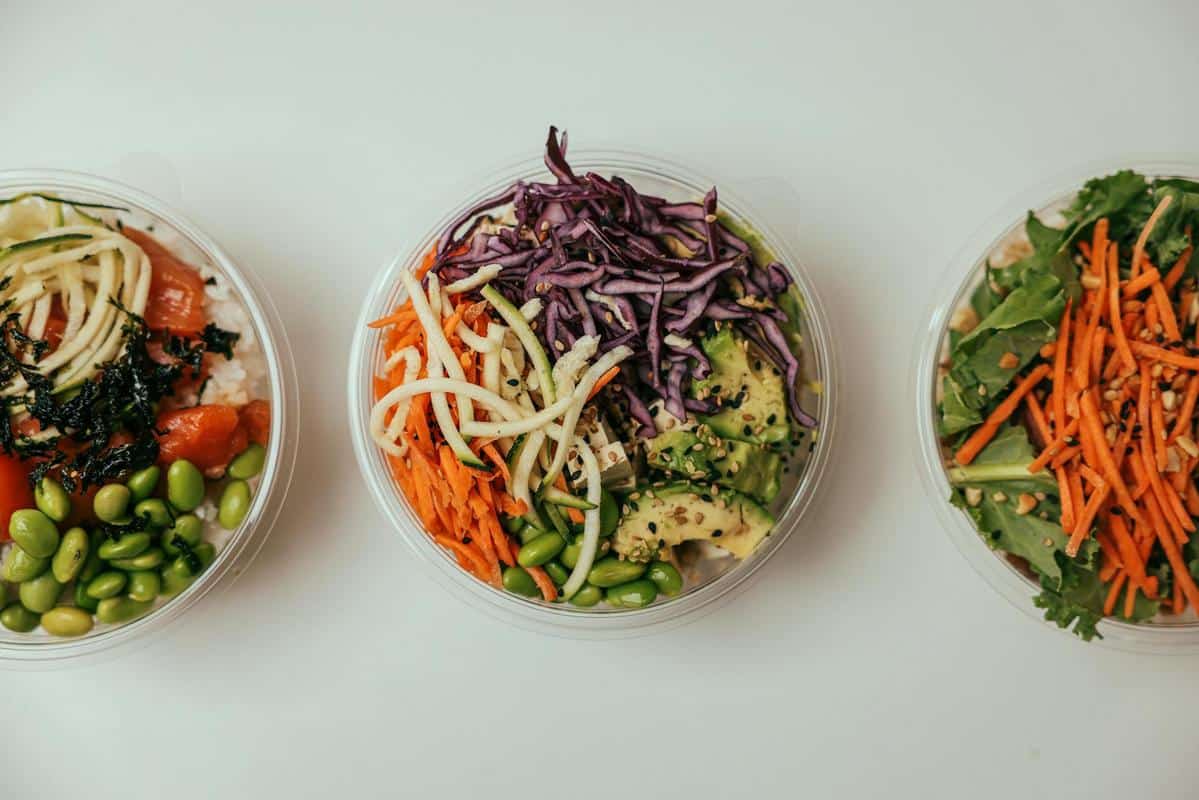
Balancing Macronutrients on a Plant-Based Diet
Adopting a plant-based diet is an empowering decision for many, offering numerous health benefits and a reduced environmental footprint. However, ensuring a balanced intake of macronutrients—proteins, carbohydrates, and fats—can initially seem daunting.
Understanding Macronutrients
Macronutrients are the nutrients we need in larger quantities to provide us with energy: carbohydrates, proteins, and fats. Balancing these is crucial, especially in a plant-based diet, to maintain energy levels, muscle health, and overall well-being.
Carbohydrates
Carbohydrates are the body’s primary energy source. Whole grains, fruits, and vegetables are excellent plant-based sources. According to a study published in the Journal of Nutrition, a diet rich in whole grains is linked to a lower risk of chronic diseases.
Proteins
Proteins are vital for muscle repair and growth. Many plant-based sources like lentils, chickpeas, and quinoa provide sufficient protein. Nutritionist Dr. Smith suggests, “Incorporating a variety of plant proteins can meet dietary needs effectively.”
Fats
Healthy fats are essential for brain health and hormone production. Nuts, seeds, avocado, and olive oil are rich sources of unsaturated fats. Omega-3 fatty acids, often found in flaxseeds and walnuts, are particularly important.
Expert Insights
Dr. Emily Johnson, a dietician, emphasizes the importance of diversity: “Combining various plant-based foods ensures you get all essential amino acids.”
Sample Plant-Based Macronutrient Table
| Food Item | Carbohydrates (g) | Proteins (g) | Fats (g) |
|---|---|---|---|
| Chickpeas (1 cup) | 45 | 15 | 4 |
| Quinoa (1 cup) | 39 | 8 | 4 |
| Almonds (1 oz) | 6 | 6 | 14 |
| Avocado (1 whole) | 12 | 3 | 29 |
| Spinach (1 cup) | 1 | 1 | 0 |
| Brown Rice (1 cup) | 45 | 5 | 2 |
| Lentils (1 cup) | 40 | 18 | 0.8 |
| Flaxseeds (2 tbsp) | 4 | 3 | 8 |
Personal Experience
When transitioning to a plant-based diet, I found that planning meals became an exciting challenge. I started experimenting with different recipes, ensuring each meal contained a balance of carbs, proteins, and fats.
Actionable Tips
- Plan meals ahead to include a variety of macronutrients.
- Experiment with new recipes to keep your diet exciting and balanced.
- Track your nutrient intake using apps or journals to ensure you’re meeting your nutritional needs.
Frequently Asked Questions
How can I ensure I’m getting enough protein on a plant-based diet?
Incorporate a variety of protein-rich foods such as legumes, nuts, seeds, and whole grains throughout the day.
What are the best sources of healthy fats in a plant-based diet?
Opt for avocados, nuts, seeds, and oils like olive or flaxseed oil for healthy fats.
Conclusion
Balancing macronutrients on a plant-based diet is entirely achievable with some planning and awareness. By diversifying your food choices and ensuring a balance of carbohydrates, proteins, and fats, you can maintain a healthy and sustainable diet. Explore further resources for recipes and meal plans to support your plant-based journey.


